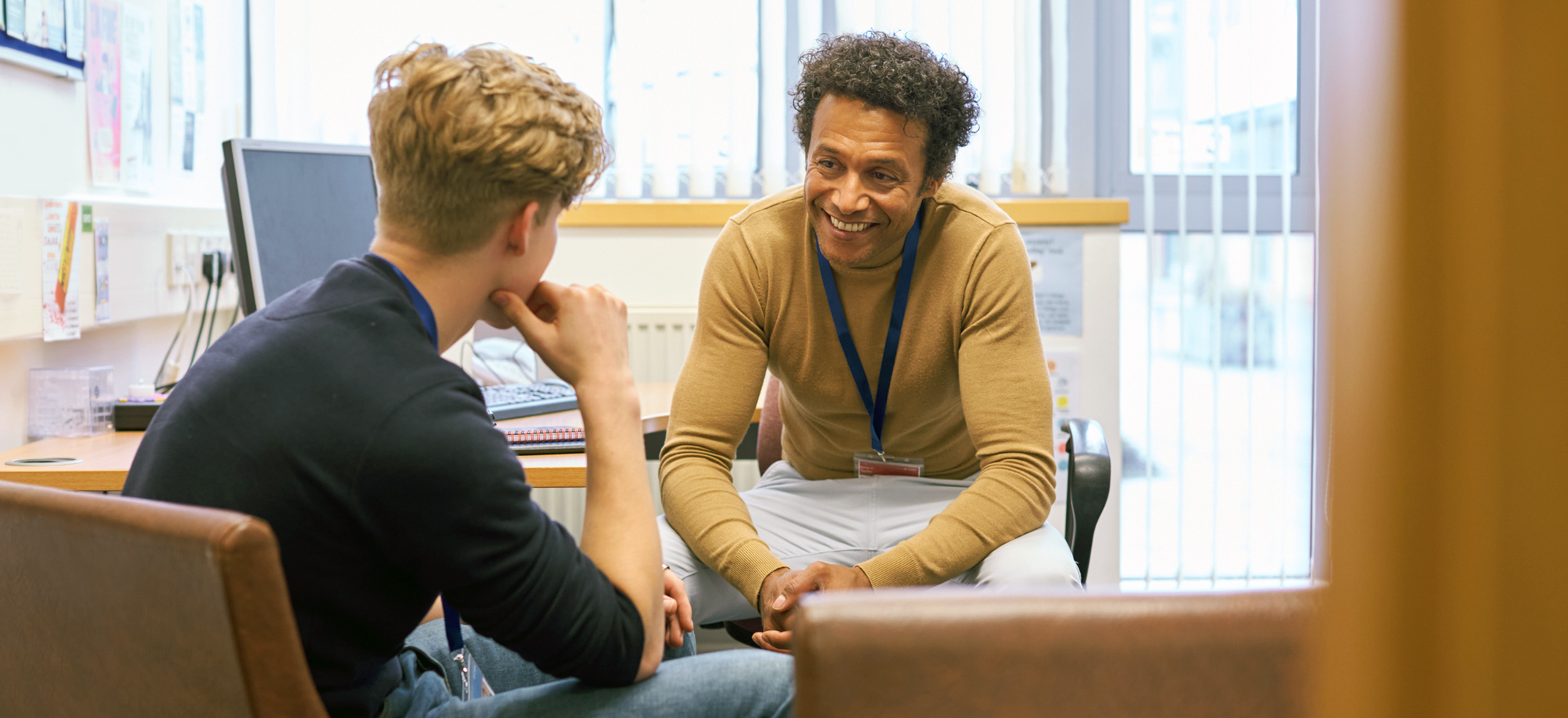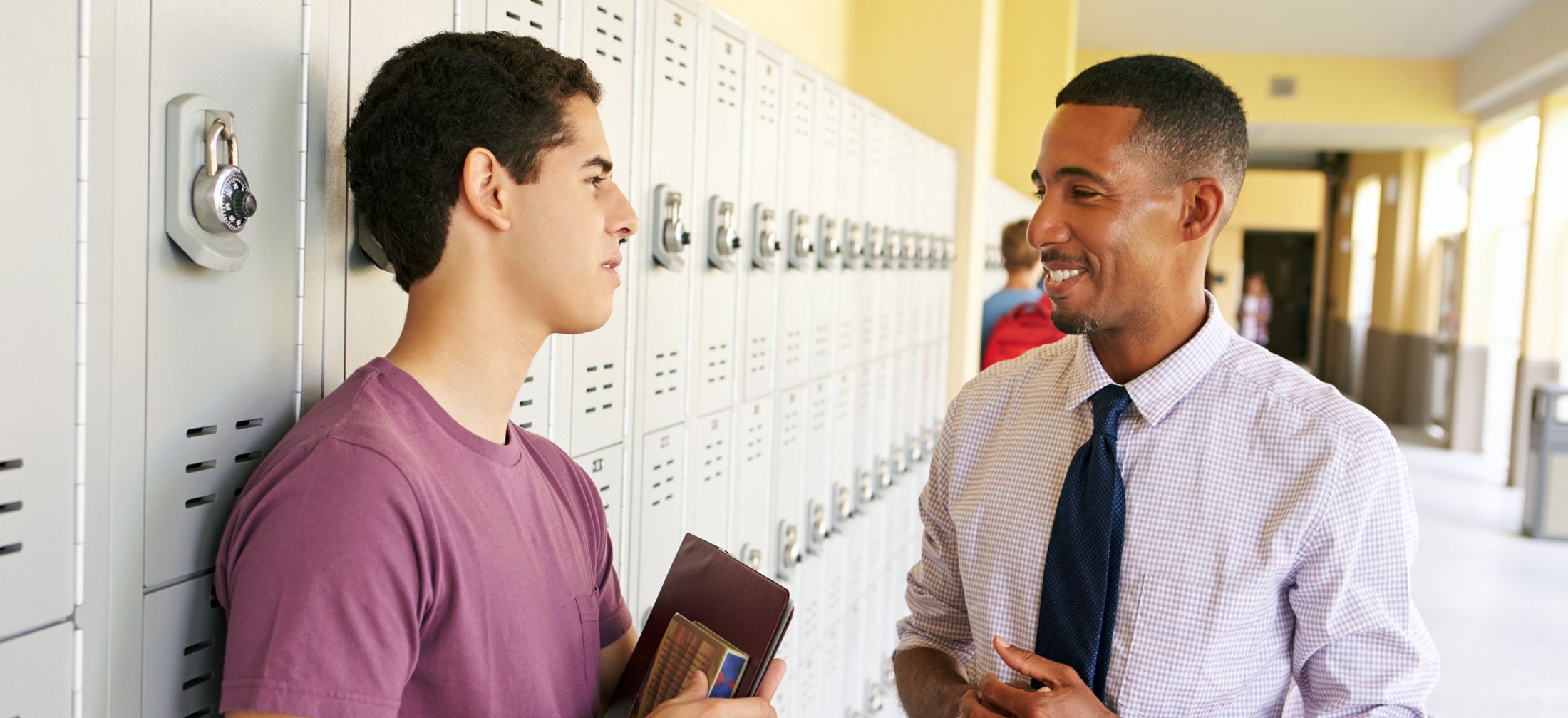
Teacher. Caregiver. Colleague. Parent. These words all used to mean different things, but, nowadays, the lines between them are very much blurred.
In the remote learning environment unleashed by COVID-19, parents and caregivers are taking a more active role in their children’s education while teachers are adapting their roles as distance educators, reconfiguring the channels of social-emotional learning and instructional support. Through these shared responsibilities and altered relationships, we are gaining a collective understanding of how to give our children the best education possible as we move toward the end of social distancing (somewhere!) down the line.
As the parent of a 10-year-old boy currently in the fourth grade, my role has changed significantly since mid-March, when schools were closed here in Colorado.
In the first several days of remote learning, my son’s teachers provided him with worksheets and let him extrapolate what he needed from them, more or less at his own pace. That quickly evolved into full-blown home schooling as it became obvious that social distancing was going to continue for quite some time. Like many districts throughout the nation, ours quickly rolled out a continuous learning plan that provided lessons and assignments virtually, with printed materials provided in the beginning as the district started to figure out a long-term solution.
As teachers made this transition and started reaching out to my son, Xavier, via Google Classroom and other online platforms, the lessons became more involved and the need to set a schedule for him became more pressing. Following his spring break, my husband and I put together a schedule to keep Xavier occupied for at least six hours a day with schoolwork, chores, exercise, and so on. We know that structure is imperative to a child’s development, so keeping Xavier on a schedule while still allowing for a modicum of leeway was beneficial in our household.
That said, connecting with friends and maintaining a semblance of social interaction are also crucial to successful social-emotional learning and overall development. As a parent, I know that kids need time and space to just be kids, so it’s also important to build downtime into a remote learning schedule.
Much like a classroom, keeping boundaries and norms intact is also necessary at home during the pandemic. My husband and I are both working from home while our son is distance learning, and we agreed as a family that, when office doors are shut, it means we’re working on something important or taking part in a virtual meeting. If Xavier needs help with his schoolwork and our doors are shut, he knows he’ll need to try to figure out the problem himself.
Another challenge for parents during social distancing is keeping kids’ screen time in check. Right now, it seems everyone is almost constantly on their computers, tablets, phones, or other devices, a trend that carries with it some inherent issues.
Given Xavier’s age, it probably isn’t a surprise that video games are a major part of his life. He loves them, as do his friends. Making sure that Xavier understands the difference between video game time and schoolwork time is tougher now that he’s a click away from Fortnite or Clash of the Clans while he’s learning from home. We’ve found that sticking to his schedule makes this separation easier, though, as does distinguishing between his various areas (he has a video game “lounge” in his room) for using the computer at given times. Turning video games into a functional reward for getting his schoolwork done has proven to be effective for keeping him on task as well.
Using screen time effectively has also benefitted my network of parents. We have a group chat to share tips we’ve found to keep our kids’ spirits and academic energy up during this time, and there are a lot of online resources and apps to help in this space if needed.
Even though it seems like this pandemic has been disrupting our lives for a million years already, it’s only been a few months, and there are still a lot of uncertainties for students, teachers, and families in the months ahead.
For my family, we’ve already had a vacation to Europe canceled along with all of Xavier’s summer camps. We’ve had birthdays and other celebrations foiled during the lockdown as well, but it seems like the blows are softening the more accustomed we get to social distancing.
The silver lining to all of this is having more “family together” time than we’d usually have during a busy spring. While we savor this time, I also recognize that it’s healthy for Xavier to spend time with his friends and forge his own identity away from his parents.
Hopefully, by September, a semblance of normalcy will be restored, and Xavier will be able to enter the fifth grade at his school, with his friends, in a physical building. If that’s not possible, I hope that some form of blended learning can happen wherein kids learn from home part of the time and attend classes in person at other times.
As we all adjust to our new roles, it’s important to remember that we’re in this together. Gaining a better understanding and appreciation for the jobs we all play in helping our children learn and succeed can be a key benefit to this time, so keep that in mind as we work our way through these challenging times!



